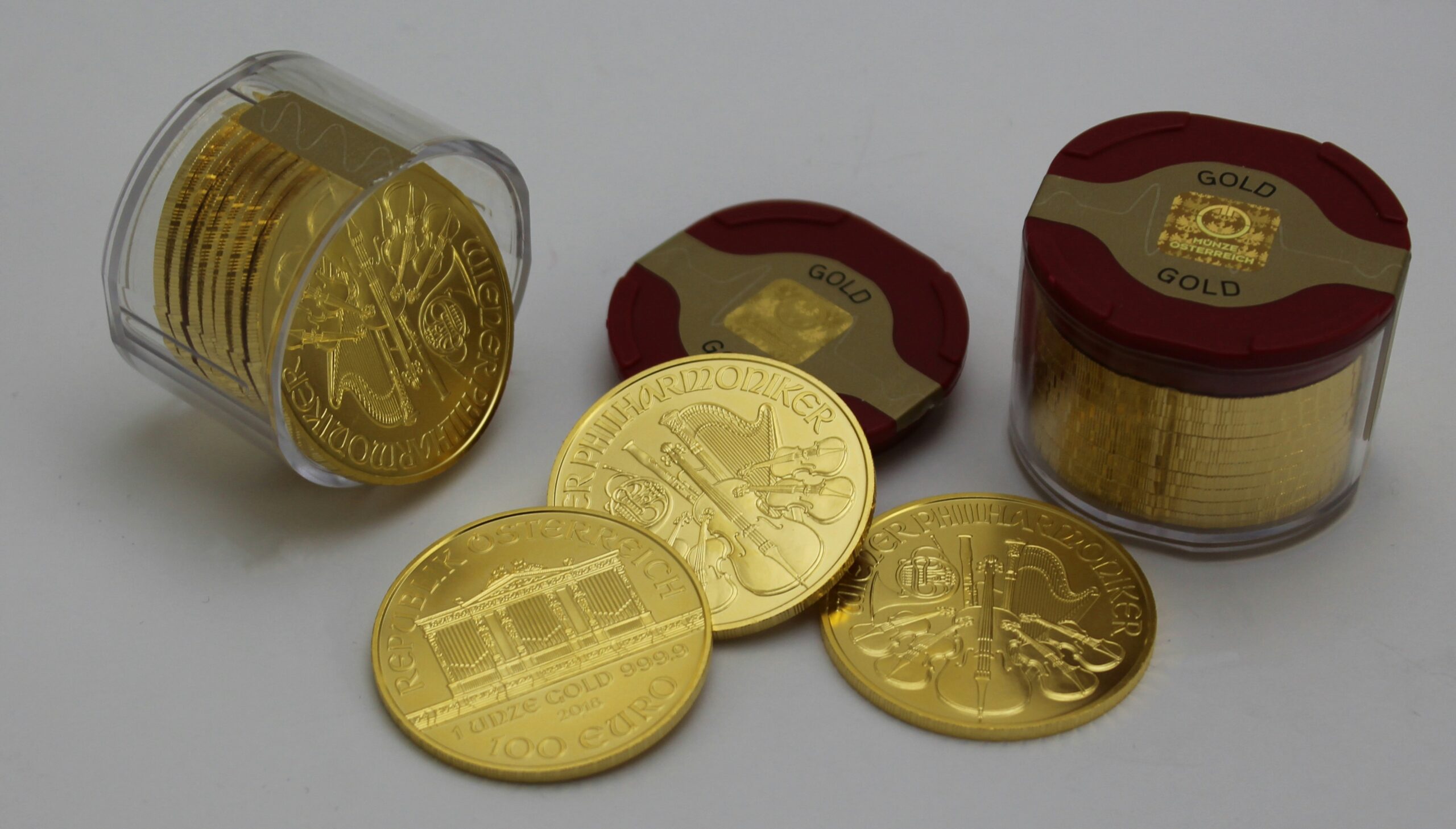Understanding the Value of Your Silverware
Determining the value of silverware involves a multifaceted evaluation process. One of the primary steps is identifying the type of silverware you possess. This could range from sterling silver, which contains at least 92.5% pure silver, to silver-plated items, which have a thin layer of silver over a base metal. Additionally, antique silverware can hold significant value due to its age and historical importance.
The condition of your silverware is a critical factor in its valuation. Well-preserved pieces without dents, scratches, or tarnish are typically worth more. Age also plays a vital role; older pieces, especially those that are antique, can command higher prices, particularly if they are in good condition. Moreover, the maker’s mark, which identifies the manufacturer, can significantly impact the value. Renowned silversmiths or brands often enhance the desirability of the pieces.
Rarity is another key element. Limited production items or unique designs can increase the value of your silverware. To get an initial understanding of your silverware’s worth, conducting preliminary research is advisable. Look for similar items online, review auction results, and consult price guides. This will provide a baseline for your expectations.
However, for an accurate valuation, seeking professional appraisal services is highly recommended. Certified appraisers have the expertise to evaluate the various aspects of your silverware and provide a detailed report on its worth. They can also offer insights into current market trends and demand, which are essential for setting realistic expectations.
Understanding the value of your silverware not only helps in getting top dollar but also ensures you are well-informed throughout the selling process. By recognizing the importance of condition, age, maker’s mark, rarity, and current market trends, you can make more strategic decisions when selling your precious items.
Effective Strategies for Selling Silverware
Selling silverware can be a profitable endeavor if approached with the right strategies. Several avenues are available for selling your precious items, each with its unique advantages and challenges. Understanding these options will help you make an informed decision to maximize your returns.
One prevalent method is utilizing online marketplaces such as eBay, Etsy, or specialized silverware selling platforms. These platforms offer a broad audience but require meticulous attention to detail in your listings. High-quality photographs, detailed descriptions, and clear pricing can significantly enhance your chances of achieving top dollar. However, be mindful of potential scams and ensure you use secure payment methods.
Auctions, both online and offline, present another viable option. Auctions can attract serious collectors willing to pay premium prices. It is crucial to choose a reputable auction house and understand their fee structure. Cleaning and polishing your silverware before the auction can make it more appealing, potentially driving up bids.
Consignment shops are beneficial for those who prefer a more hands-off approach. These shops handle the sale process on your behalf, typically taking a percentage of the final sale price as a commission. While this reduces your workload, it also means you relinquish some control over the final selling price. Ensure you partner with a reputable shop to avoid pitfalls.
Direct sales to collectors or dealers can yield immediate payment and often involve less hassle. However, negotiating skills are essential to avoid undervaluing your items. Researching current market values and comparable sales can empower you during negotiations.
Preparing your silverware for sale is paramount. Clean and polish each piece to enhance its appearance. Providing a complete set, if possible, can attract higher offers. Additionally, detailed listings with accurate descriptions and high-resolution photographs are indispensable. Highlight any unique features, hallmarks, or historical significance to captivate potential buyers.
Pricing strategy is crucial. Setting a fair yet competitive price requires a balance of market research and intuition. Avoid pricing too high, which may deter buyers, or too low, which can lead to undervaluation. Be open to negotiation but set a minimum acceptable price to protect your interests.
Finally, ensuring secure transactions is vital. Utilize trusted payment methods like PayPal or bank transfers. For high-value items, consider using escrow services to protect both parties. Clear communication and written agreements can prevent misunderstandings and facilitate a smooth selling process.




